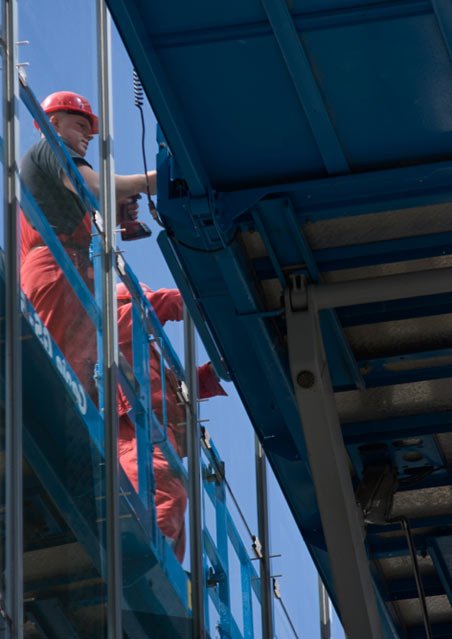How do you improve safety culture on construction sites? Bill Dixon, who has been researching the subject for the past four years as part of his PhD, offers his own insights on how it can be measured and how to demonstrate it has improved

Improvements in construction site safety are always being sought. In 2007, Patrick Hudson published research that highlighted three distinct tranches of historical development known to improve safety on construction sites — technology, systems and culture.
The three tranches are not mutually exclusive but should be thought of as foundation stones for progress. As each new tranche matured the rate of reduction on incidents declined and work on finding the next tranche moved forward.
As construction professionals we are all familiar with recent technological progress. Take, for example, the design and introduction of podium steps, which were developed after the introduction of the Work at Height Regulations 2005 and the HSE guidance book INDG 401 (rev1) 2007.
Pressure from industry, trade bodies and the tool hire sector stimulated their development and increased their availability and now they are commonplace items in risk assessments. This development in turn prompted a cultural shift in which workers embrace podiums as a normal site tool.
Culture, the most recent tranche, is a more contentious issue. Few have succeeded in defining its individual elements (facets) but those that have agree that its main ones are:
-
management attitudes & commitment;
-
safety training;
-
communications;
-
safety practice;
-
risk perception;
-
employee involvement, and;
-
work pressure.
Some researchers have added others to this list, for instance, legal or international influence. However, most, if not all, agree that the above list makes up the core seven facets. But how does having this knowledge help improve safety on construction sites?
Many companies invest time and money trying to influence the safety culture in the belief that it will improve worker safety. While this is laudable, one has to ask whether these site activities have any academic rigour, or are staff simply doing what they think is right?
This throws up a number of important questions. How can we improve our culture change intervention activities? Can we do it better? Can we target our time and money more effectively? Which of our intervention strategies yields the best/ worst results? Who are the best internal and external influences on our culture?
The construction industry is numbers-driven. Statistics, percentages, dashboards and graphs populate most project reports; and yet safety culture is a qualitative entity. As companies try to improve safety culture, it is often impossible for them to quantify any changes made in a way that is accurate, easily administered and cost effective.
Historic use of structured or informal interviews required a highly trained, impartial person to spend considerable amounts of time with hand-picked workers. This raises issues of cost, integrity, impartiality and confidentiality. Long-winded interviews with a selected few site workers is not the ideal method for assessing safety culture.
We know that safety culture is qualitative by nature. Typically, qualitative entities are analysed and subjected to scrutiny using interviews and verbose reports. However, these type of reports will not appeal to busy executives who are normally used to numerate reports. So how do we try and quantify a qualitative entity?
The Safety Conversation Podcast: Listen now!
The Safety Conversation with SHP (previously the Safety and Health Podcast) aims to bring you the latest news, insights and legislation updates in the form of interviews, discussions and panel debates from leading figures within the profession.
Find us on Apple Podcasts, Spotify and Google Podcasts, subscribe and join the conversation today!


